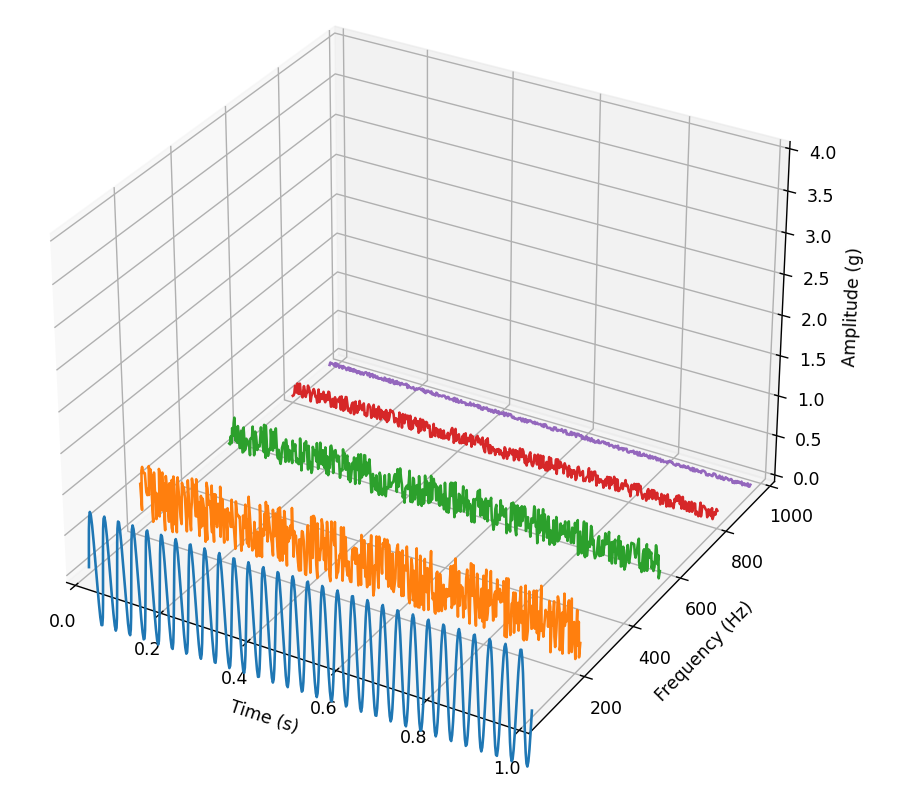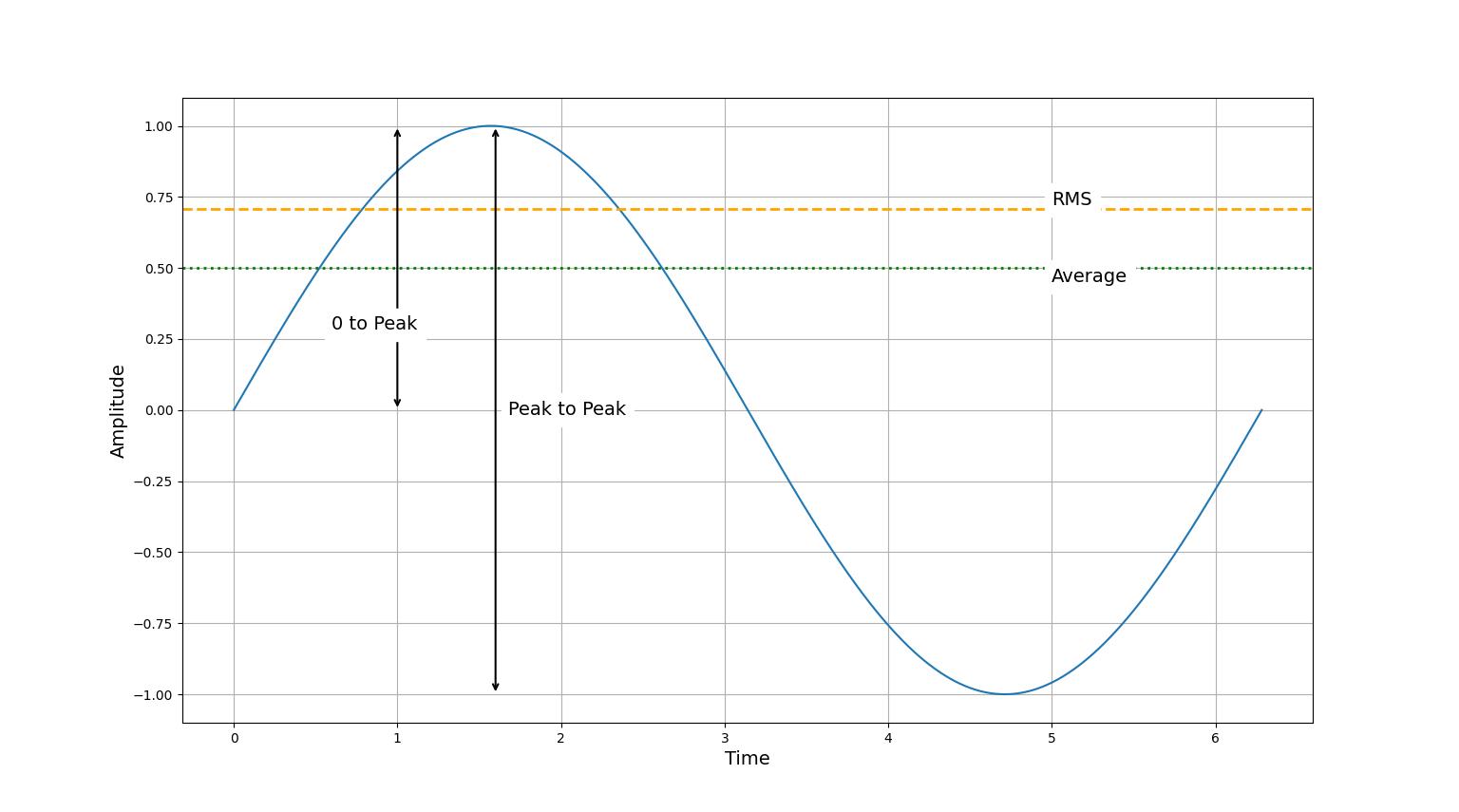Vibration diagnostics is a process used to analyze and evaluate the vibrations of machinery or structures to detect potential problems or malfunctions. It involves measuring and analyzing vibration signals to identify any abnormalities such as excessive vibration, imbalance, misalignment, wear or other mechanical problems. After reading the data from the accelerometer, we perform signal analysis such as spectral analysis and other calculations such as speed and acceleration of vibrations.
Measure in mm/s.
The vibration velocity will help us identify mechanical faults such as imbalance, misalignment, mechanical looseness, bent shaft, belts faults, soft foot, etc.
Measure in g or v m/s-2.
By analyzing the acceleration, especially time doamin, FFT a envelope analysis, we can detect bearing faults.
Vibration signal processing, dependence of time, frequency, amplitude:

RMS, peak, peak-peak, average:
